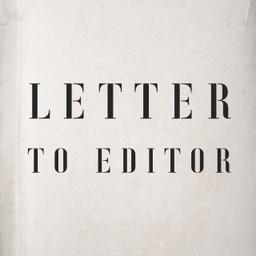After I got out of the Army in the mid-1970s, I saw articles hidden deep in the back pages of newspapers. Hundreds of corpses flowed from Cambodia to Vietnam in the Mekong River. The Vietnam War ended just months prior, and here in Dogpatch, the American People were sick of hearing any war news.
Meanwhile, Pol Pot was waging a cultural revolution in Cambodia that would erase over 2 million lives. Declaring 1975 to be “Year Zero,” the hardcore communist cadre of the Khmer Rouge indoctrinated, trained, armed, and conscripted the youth of Cambodia to erase the existing Cambodian culture. This was one of the first modern “child armies.” Public monuments, historic buildings, libraries, temples, schools, courthouses, museums, and educational institutions were destroyed. Countless works of art, literature, and history were obliterated. Yet the Khmer Rouge was not content with the destruction of all written and visual archives of Cambodian culture; it was intent on eliminating any person who had put it to memory.



